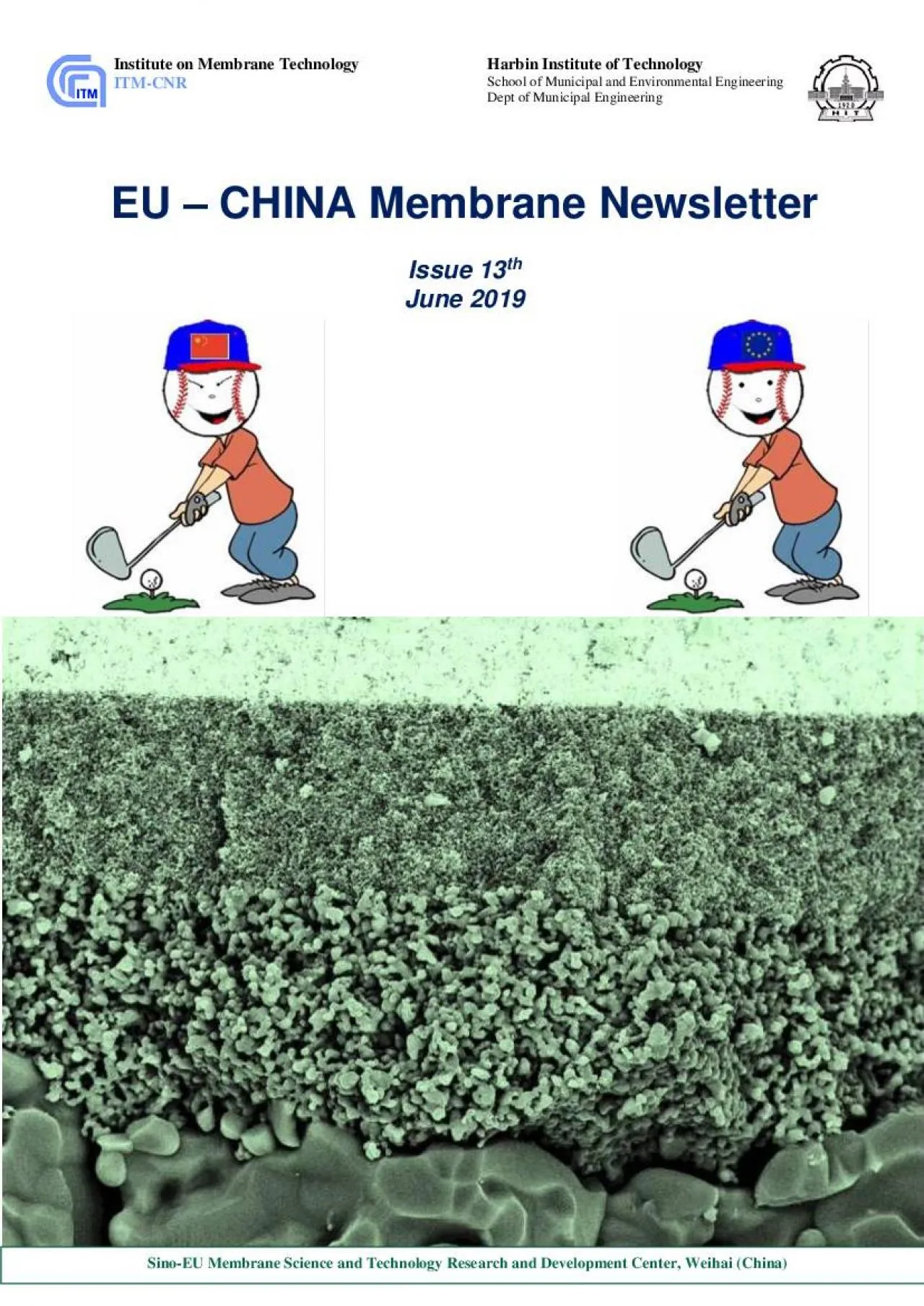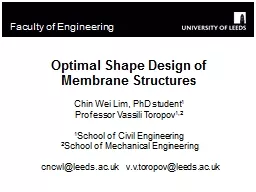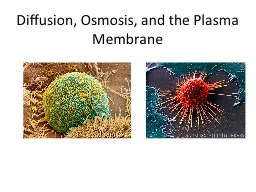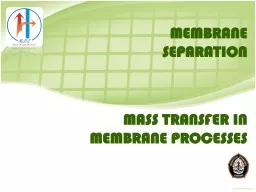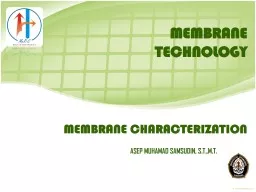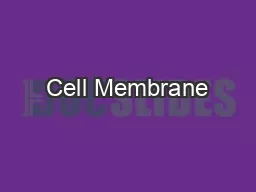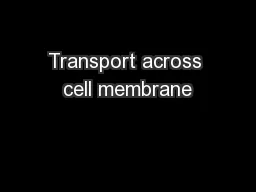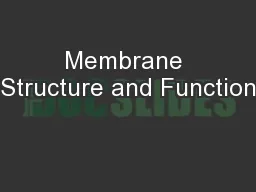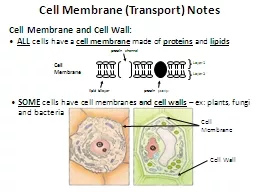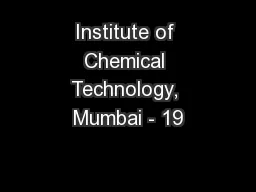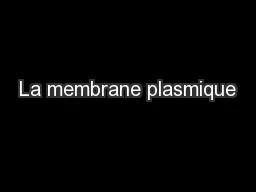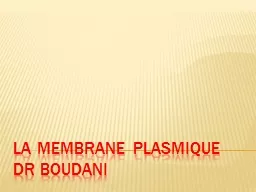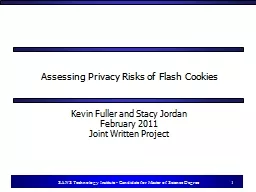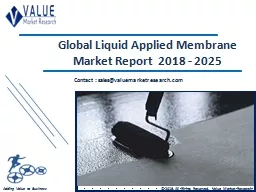PDF-Institute on Membrane Technology
Author : heavin | Published Date : 2021-10-11
ITMCNRHarbin Institute of Technology School of Municipal and Environmental EngineeringDept of Municipal Engineeringpage 1EU CHINA Membrane NewsletterIssue 13thJune
Presentation Embed Code
Download Presentation
Download Presentation The PPT/PDF document "Institute on Membrane Technology" is the property of its rightful owner. Permission is granted to download and print the materials on this website for personal, non-commercial use only, and to display it on your personal computer provided you do not modify the materials and that you retain all copyright notices contained in the materials. By downloading content from our website, you accept the terms of this agreement.
Institute on Membrane Technology: Transcript
Download Rules Of Document
"Institute on Membrane Technology"The content belongs to its owner. You may download and print it for personal use, without modification, and keep all copyright notices. By downloading, you agree to these terms.
Related Documents

